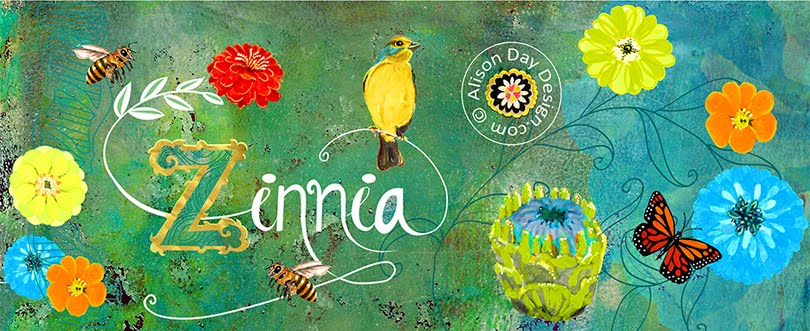An interview with Shona van Dam took
me to her degree show in the Academy Minerva in Groningen. A long, narrow,
totally white interior filled with white scrolled pillars of card in various
heights and breadths and each poised on a sketchbook. Both imposing and unusual
this installation requires interactivity from the viewer to reveal its secrets.
According to Shona the installation is
based on a 30-meter high dome-like building, which is the focal point of a
community called Auroville in Tamil Nadu, India. Built in concentric circles,
the design is based on the galaxy. The dome is known as the Matrimandir or
‘Soul of the city’ has an inner chamber with 12 white pillars, which serve as
décor rather than being functional. In the centre of the white marbled inner
chamber there is a large ‘crystal’, globe measuring 70 centimeters in diameter,
this is the largest optically perfect glass globe in the world. Daylight that
emanates from a hole in the ceiling passes through an installation and emerges
as a beam of light that passes right through the crystal from top to bottom,
ending up in a pond full of lilies. In this chamber the atmosphere is one of
purity and calm, and here meditation and reflection are practiced. The ethics
of the community are to live in harmony whatever their race or creed, outside
of the predetermined restrictions of other countries or states.
Auroville is Shona’s birthplace. White
pillars feature in her work, reflecting calm and purity. By placing rolled up cardboard in pillar form on
top of her sketchbooks, the viewer is made to look down into the ‘pillar’, to
view her work and thereby physically interact with each work individually. Sometimes
you have to stoop down low, at other times stand on tiptoes, or by moving the
pillar. In this way the experience is more intense and is in total contrast to
the experience provided in most museums, where the observer often remains
disconnected from an exhibition, by not being allowed to touch or move
anything.
What one sees at the bottom of each
tube is an image combined with a spiral of text. This is her way of releasing
as she says an ‘over load of the mind’, as a result of the stimuli of life and
the world around her. ‘The setup is designed to give the viewer the opportunity
to peer through a ‘mini-scope’, into my thoughts, ideas and emotions’, said
Shona. Some images are drawn but by burning the paper she creates others. This
is done systematically and in diverse ways. One sketchbook shows the use of a
very red pigment in combination with the paper. This was created using soil, a
kilo of which was sent especially by her mother from Tamil Nadu. Shona
has a fascination with the unique characteristics of the materials she uses and
their reaction upon contact with paper, as well as the textures, imprints and
grains that are left behind.
The daughter of a Dutch mother and
English father, Shona originally left India at the age of nineteen to come to
Holland to ‘learn art and how to earn her own money’. The former she has
accomplished the latter she says she is still learning. She plans to return to
India in October to get back to her roots, after which she wants to travel,
starting with New Zealand.
To learn more about
Auroville their website can be found at here
©
Alison Day
First
published in the Connections magazine #9 July 2005




